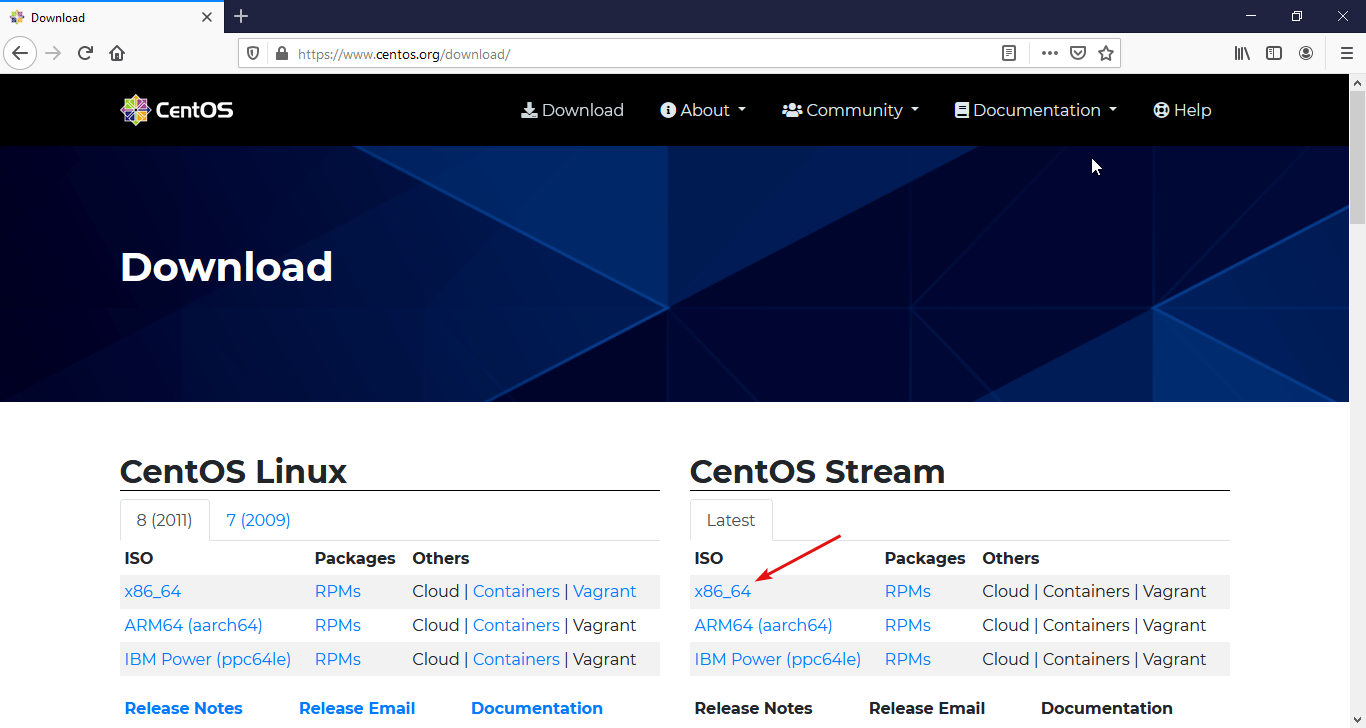

- CETOS SYSTEMNAME 32 BIT
- CETOS SYSTEMNAME WINDOWS 10
- CETOS SYSTEMNAME SOFTWARE
- CETOS SYSTEMNAME WINDOWS
# mkfs.fat -F 12 /dev/sd xY Mount the partition

For example, a 2 MiB ESP will only be able to support FAT12: In which case, format it to FAT16 or even FAT12. See mkfs.fat(8) for supported cluster sizes.įor partitions smaller than 32 MiB using FAT32 may not be possible. or -s1 otherwise the partition may be unreadable by UEFI.
CETOS SYSTEMNAME 32 BIT
If you get the message WARNING: Not enough clusters for a 32 bit FAT!, reduce cluster size with mkfs.fat -s2 -F32. Use the mkfs.fat(8) utility from dosfstools: To prevent potential issues with other operating systems and since the UEFI specification says that UEFI "encompasses the use of FAT32 for a system partition, and FAT12 or FAT16 for removable media", it is recommended to use FAT32. The UEFI specification mandates support for the FAT12, FAT16, and FAT32 file systems (see UEFI specification version 2.9, section 13.3.1.1), but any conformant vendor can optionally add support for additional file systems for example, the firmware in Apple Macs supports the HFS+ file system.
CETOS SYSTEMNAME WINDOWS
CETOS SYSTEMNAME SOFTWARE
Warning: The EFI system partition must be a physical partition in the main partition table of the disk, not under LVM or software RAID etc. To confirm this is the ESP, mount it and check whether it contains a directory named EFI, if it does this is definitely the ESP. The list of partitions on the disk: Look for the EFI system partition in the list, it is usually at least 100 MiB in size and has the type EFI System or EFI (FAT-12/16/32).The disk's partition table: it indicates Disklabel type: gpt if the partition table is GPT or Disklabel type: dos if it is MBR.To find out the disk partition scheme and the system partition, use fdisk as root on the disk you want to boot from:

CETOS SYSTEMNAME WINDOWS 10
If you are installing Arch Linux on an UEFI-capable computer with an installed operating system, like Windows 10 for example, it is very likely that you already have an EFI system partition. 5.2 Firmware does not see the EFI directory.4.2.5.1 Replacing the above mkinitcpio hook.


 0 kommentar(er)
0 kommentar(er)
